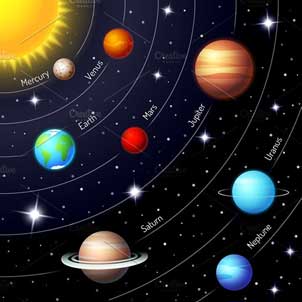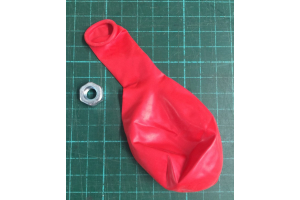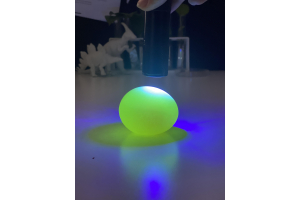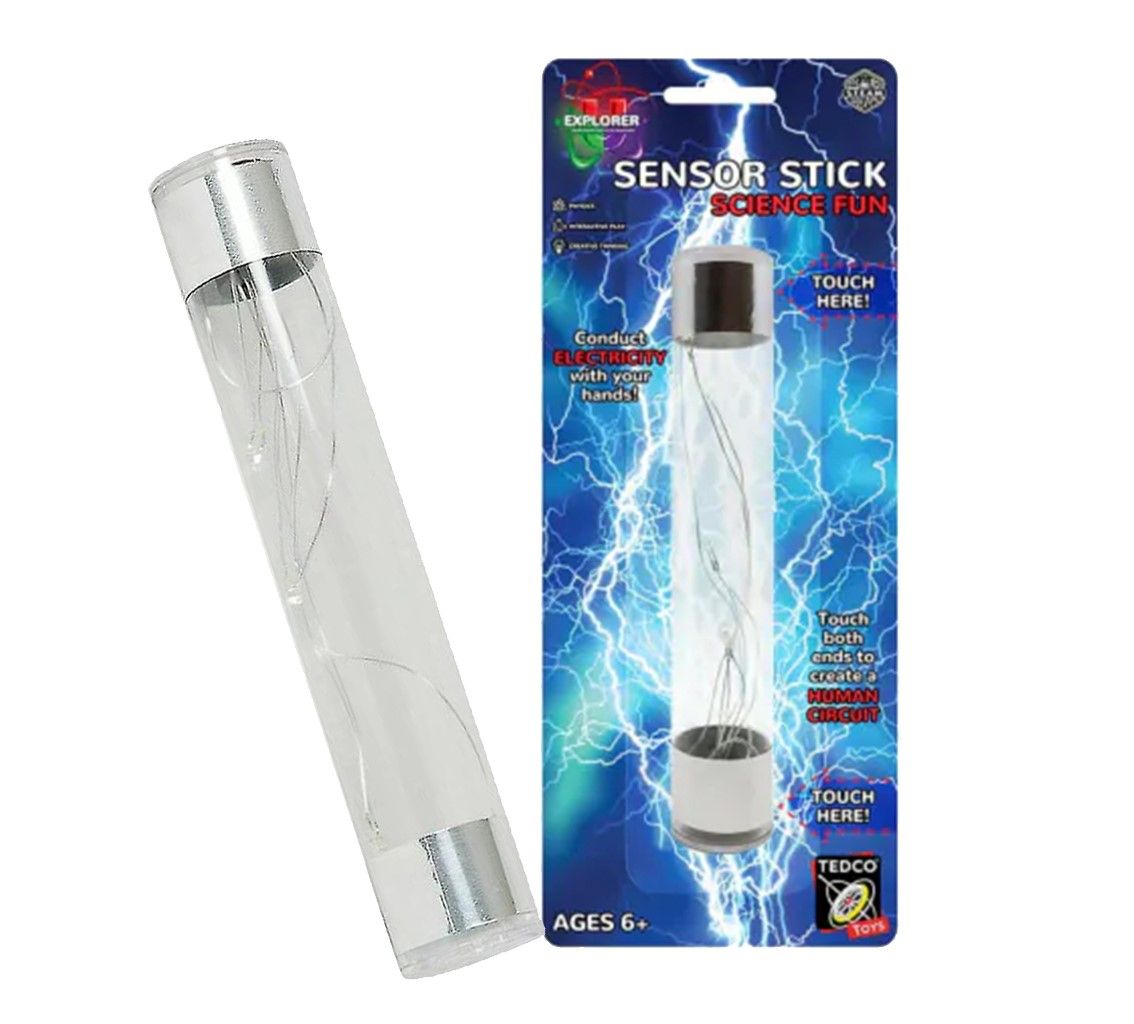Human Scale Model of the Solar System
Create a human sized scale model of the solar system with your students.

Learning Objectives:
- For students to develop an understanding of the positions of the planets in the solar system, both relative to each other, and also their position and distance from the sun.
- For students to gain a practical meaning of the words ‘rotation’ and ‘revolution’ and how those words apply in the context of the movement of planets.
You Need:
-
A large open space, such as a park or football field
-
A long measuring tape (such as one used to mark out a sporting field).
-
Possibly also a whistle or even a megaphone!
What to do:
- Take the students outside to an oval or very large space (the diameter of the oval needs to be about 100-120m). Stand in the middle of the oval in a circle.
- Tell them they will be making a model of the solar system where they themselves will be the planets, the Sun, and other objects.
First though, there are two important words to understand:
'Rotate':
Have the students turn around on the spot. This is ‘rotating’. One full turn is called one ‘rotation’. The rotation of the Earth is what gives us daytime and night time. One rotation takes 24 hours. The other planets also rotate, mostly at a slower speed than the Earth.
'Revolve':
Have the students move around in a circle, as if they were playing ‘Ring-a-ring-a-rosy’. Stand in the centre. The students are ‘revolving’ around you, just as all the planets move, or ‘revolve’ around the Sun. For the Earth, one full lap or ‘revolution’ takes one year (365.25 days). The planets closer to the Sun take less time than Earth. The planets further away take longer.
What to do (Cont'd):
- Choose one student to be the Sun. Position them in the middle of the oval and tell them, for a short time at least, the world will actually revolve around them!
- Choose nine students to be the planets. Use the tape measure to position them from the Sun according to the last column in the table below. We have used the scale of 1cm = 1 000 000 km to produce the distances. Note with the students how closely spaced the first 4 planets are, compared to the last 5. (This is something that is often not depicted well in books).
- Once you have your planets in place, position a student to be the Earth’s Moon, and a few others to be moons of the outer planets (Mars has 2 moons, but it gets quite tight for space for the first few planets). You might like to make an active student a comet and task them with moving through the whole solar system, from Pluto to the Sun and back (with crashing into anyone). Other students could form the asteroid belt between Mars and Jupiter.
- Once everyone has a role and a position, ask them to ‘rotate’ - turn around on the spot. Now, ask them to rotate and revolve, at the same time! Chaos will ensue – but hopefully some useful learning is taking place too. Have fun!
|
Planet |
Distance from the Sun (AU) |
Distance from the Sun in millions of km (x 1 000 000 km) |
Scaled distance from the model Sun in m (1m = 10 000 km) |
|
Mercury |
0.39 |
58 |
0.58 |
|
Venus |
0.72 |
108 |
1.08 |
|
Earth |
1 |
150 |
1.5 |
|
Mars |
1.52 |
228 |
2.28 |
|
Jupiter |
5.2 |
778 |
7.78 |
|
Saturn |
9.54 |
1430 |
14.3 |
|
Uranus |
19.18 |
2870 |
28.7 |
|
Neptune |
30 |
4500 |
45 |
|
Pluto |
39.53 |
5900 |
59 |
(If you wanted to incorporate more Maths into the lesson, you could give the students the distances in the first two columns and come up with suitable scaled distances for the last column as a class). The first column gives the distances of the planets from the Sun in Astronomical Units (AU) 1AU – the distance from Earth to the Sun, so is useful to compare how many times further away the other planets are.









